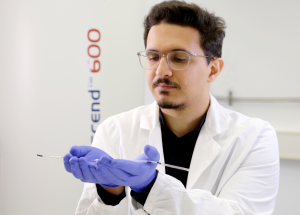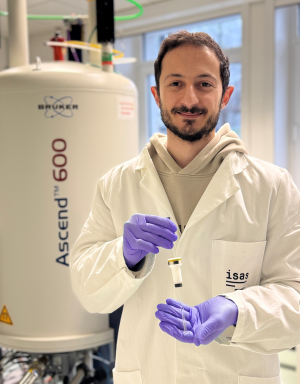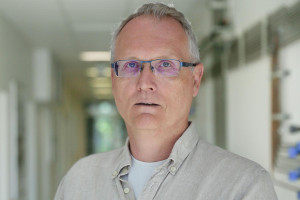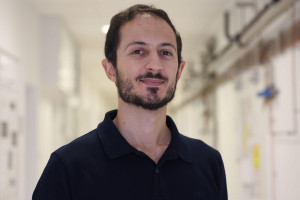There is a dynamic balance between living organisms and their respective environment. Metabolic processes are a direct expression of this balance; they include all biochemical processes related to the building-up, breaking-down and transport of biologically relevant chemical compounds. An investigation into the metabolome – the entire set of metabolic products (metabolites) – provides a good approach to identifying disruptions to this balance and thus indications of potential diseases. Conversely, it also provides an opportunity to find new approaches to drug treatments or to investigate the effect and side effects of potential medications.
Non-animal testing methods
With the help of nuclear magnetic resonance (NMR) spectroscopy, researchers in the NMR Metabolomics research group are quantitatively investigating metabolic processes in vitro (in functional models under physiological conditions). Computer-based modelling provides assistance with analysing complex chemical networks. In this context, functional models (non-animal testing) are extracts from specific cell suspensions or intact three-dimensional cell cultures, which the researchers assemble directly from various cell types or create using 3D bioprinting. In this form, they can be kept alive under physiological conditions during testing. Investigations using these simplified models act as the starting point for further-reaching work on animal models and, later, on patient tissue samples.
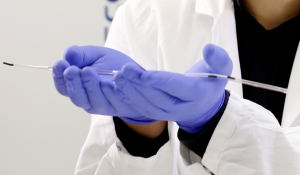
© ISAS
Harnessing cells’ repair mechanisms
No enzymatically catalysed reaction (and thus every metabolic process) is fault-free. There are always side-reactions that can be harmful to a cell as the smallest physical and functional unit of living organisms. In order to compensate for such side-reactions, cells have developed repair mechanisms that act in parallel. Controlling these mechanisms in a targeted manner could, for example, trigger the autointoxication of a cancer cell. Although they provide promising potential for new therapeutic approaches, the repair mechanisms have so far been left largely unused. Based on a combination of precise, quantitative NMR and LC-MS (liquid chromatography mass spectrometry) measurements that, supported by computer models (constraint metabolomic pathway analysis), permit a mass balance within a self-contained part of the metabolic pathway, the researchers plan to develop a strategy that facilitates a targeted search for such repair mechanisms.
Methodical/instrumental work is required to adapt NMR to these issues and extend the ways in which it can be used. For this reason, the researchers in this research group are dedicated to further developing the lab-on-a-chip (LOC) technologies that facilitate in vitro measurements, to planar detector geometries (that use an optimum combination of NMR and LOC) adapted to the same and pulse sequences that permit spatial and time-resolved measurements with sufficient measuring sensitivity on functional in vitro models. As the volumes of data involved are constantly increasing as the technologies develop further, automation of data evaluation processes, using strategies from the field of machine learning, is becoming increasingly important.
